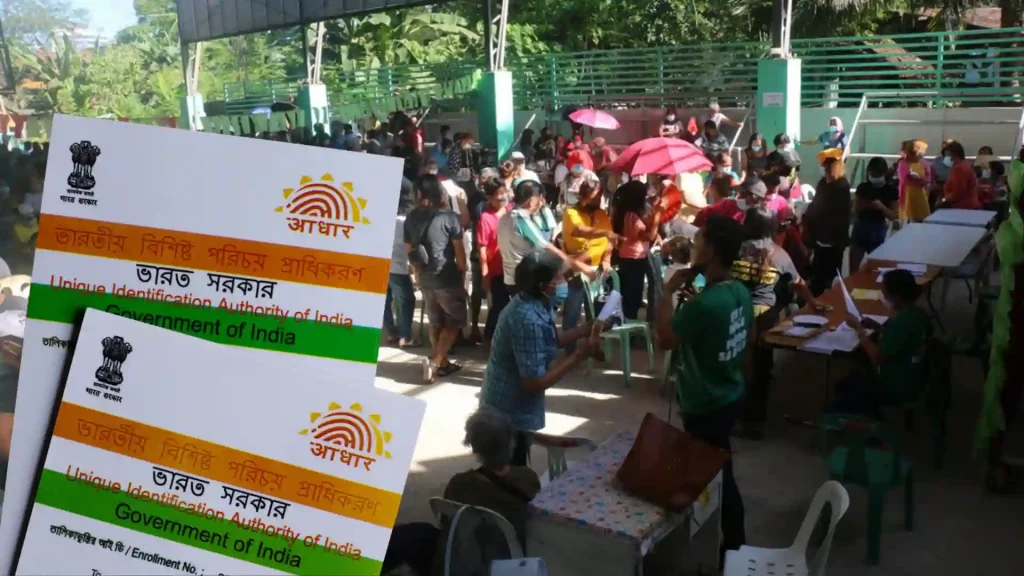Several countries from various parts of Asia and Africa are stepping up by showing interest in knowing more about Aadhaar and how could they possibly use the technology and system to implement similar systems
Morocco and the Philippines have become the first two countries to begin the implementation of the open-source technology architecture of Aadhaar, developing identifier systems for their citizens that are distinctive. According to reports, the Unique Identification Authority of India (UIDAI) and the Modular Open-Source Identity Platform (MOSIP) along with the Indian Institute of Technology (IIT-B) support the adoption of the open-source technology architecture.
The move by the government will aid the developing independent platforms, to provide legal identity to citizens and improves their living conditions. Several countries from various parts of Asia and Africa are stepping up by showing interest in knowing more about Aadhaar and how could they possibly use the technology and system to implement similar systems.
Aadhaar 2.0 also focuses on having a global outreach and intends to help other nations on executing comparable structures. Sri Lanka, Kenya, Vietnam, Togo, and Singapore are some of the other countries that are interested in adopting similar systems. Mexico, Brazil, and Egypt are also conducting active discussions with the Indian government to understand more about Aadhaar.
What is Aadhaar and how does it work?
Aadhaar is a 12-digit unique number issued by the Unique Identification Authority of India by taking an individual’s biometric details such as fingerprints and other personal details including address and date of birth. The biometric details which also include the iris scan would be linked to a person’s Aadhaar number, and could be used in all transactions with the state. More than 1 billion Indians today use Aadhaar and the core idea behind its implementation was to create a centralized system for India as a whole to be reliant on one form of recognizable ID. Aadhaar had helped the Indian government to save billions of dollars so far.
The first Aadhar was issued in September 2010, and since then, more than 130 crore Aadhaar cards have been issued till June 2022. The Aadhar enrollment of adult residents is reaching 100 percent. In the future, the government focuses on enhanced handling, boosting credibility, and improving outreach. Authorities had already planned a framework for their next step.
The decision by Morocco and the Philippines comes as a significant improvement in the government’s efforts to encourage India’s public digital infrastructure at the upcoming G20 summit, where India will be the host. The Ministry of Electronics and Information Technology has also unveiled G20 Digital Innovation Alliance (DIA) to give importance to urgent matters like cyber security, digital public infrastructure, and digital skill development.
UIDAI presently records nearly eight crore Aadhaar authentications every day. The government is also offering other countries a host of open-source software application programming interfaces (APIs) of government services such as eSign, DigiLocker, Unified Payment Interface (UPI), and Aadhaar. The open-source model has also generated a large number of computer languages, libraries or lexicons, user interfaces, architecture, etc.
According to reports, countries have a generally growing interest in Aadhar and its implementation as the world nations are focusing on achieving the United Nations Sustainable Developmental Goals which provide a target that aims at making sure that all people will be able to obtain a legal identity by the year 2030.
